
Copernical Team
In 2024, Space Coast gears up for most astronaut launches since '09
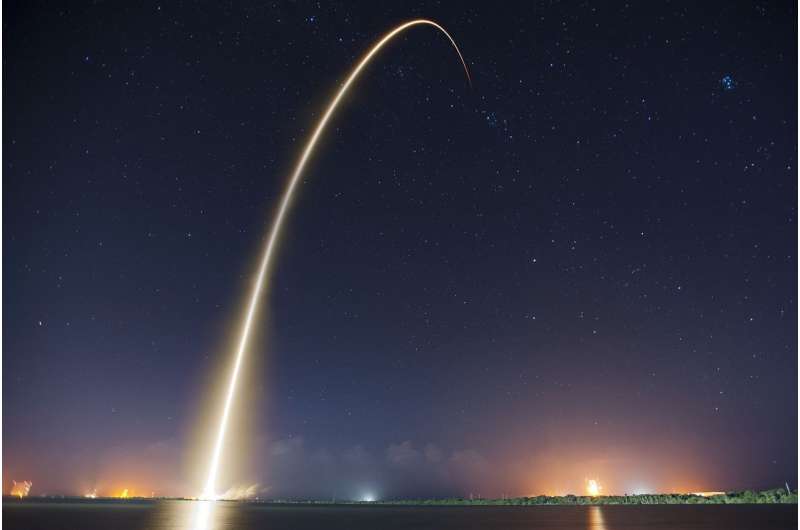
The business of sending humans into space has not yet risen to the levels seen during the space shuttle program, but 2024 could see the most U.S.-based orbital launches in 15 years.
There are seven missions slated from either Kennedy Space Center or Cape Canaveral Space Force Station that look to place 26 humans into orbit. It's the highest number of crew launching from the Space Coast since 2009. That year saw five shuttle launches with 35 humans on board.
The seven planned launches would also be the most since the eight space shuttle launches in 1997.
The shuttle era finished with only three launches in 2010 and 2011 before its retirement, and U.S.-based launches did not happen again until the successful May 2020 liftoff of SpaceX's Demo-2 mission flying the Crew Dragon Endeavour to the International Space Station with humans on board for the first time.
Since then, SpaceX has been the only orbital U.S.-based launcher of humans in the game, mixing up a combination of missions under NASA's Commercial Crew Program to the ISS as well as private missions to both the station and standalone orbital flights.
NASA's 'flawless' heat shield demo passes the test
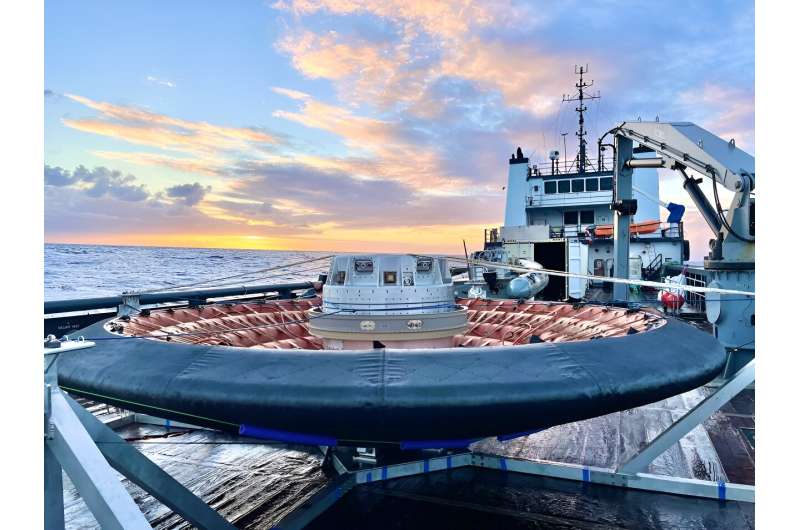
A little more than a year ago, a NASA flight test article came screaming back from space at more than 18,000 mph, reaching temperatures of nearly 2,700°F before gently splashing down in the Pacific Ocean. At that moment, it became the largest blunt body—a type of reentry vehicle that creates a heat-deflecting shockwave—ever to reenter Earth's atmosphere.
The Low-Earth Orbit Flight Test of an Inflatable Decelerator (LOFTID) launched on Nov. 10, 2022, aboard a United Launch Alliance (ULA) Atlas V rocket and successfully demonstrated an inflatable heat shield. Also known as a Hypersonic Inflatable Aerodynamic Decelerator (HIAD) aeroshell, this technology could allow larger spacecraft to safely descend through the atmospheres of celestial bodies like Mars, Venus, and even Saturn's moon, Titan.
Juice burns hard toward first-ever Earth–moon flyby
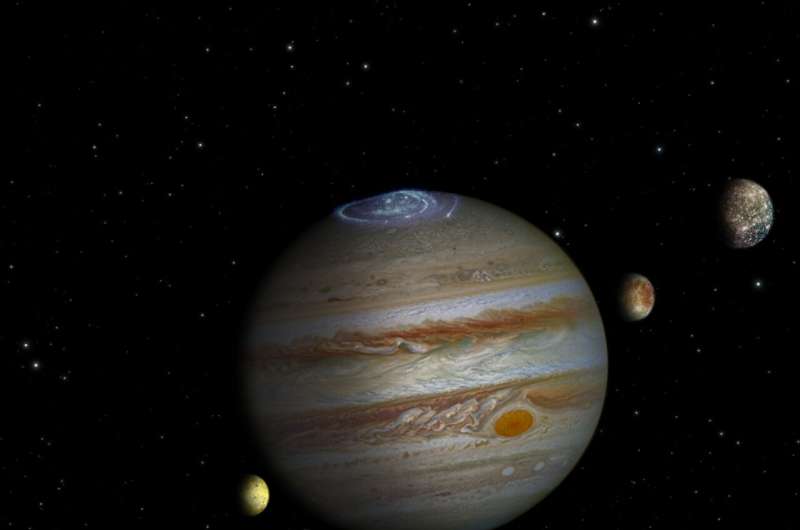
On 17 November 2023, ESA's Juice spacecraft carried out one of the largest and most important maneuvers in its eight-year journey to Jupiter.
Using its main engine, Juice changed its orbit around the sun to put itself on the correct trajectory for next summer's Earth–moon double gravity assist—the first of its kind.
The maneuver lasted 43 minutes and burned almost 10% of the spacecraft's entire fuel reserve. It's the first part of a two-part maneuver that could mark the final time that Juice's main engine is used until its arrival in the Jupiter system in 2031.
Using recovery capsules to prevent loss of data from balloon-based telescopes
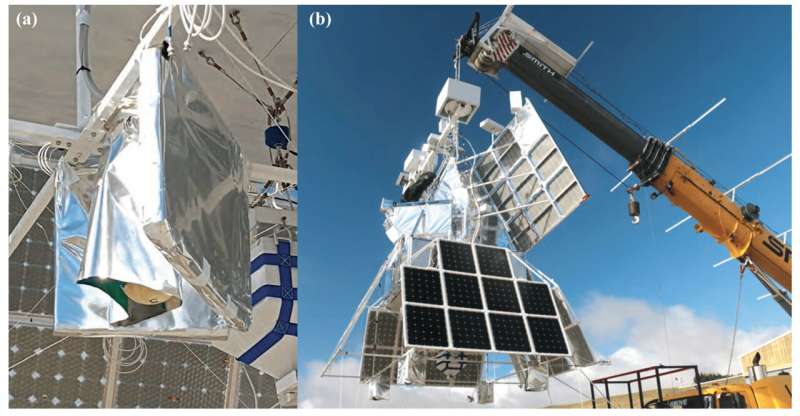
Webb reveals new features in heart of the Milky Way
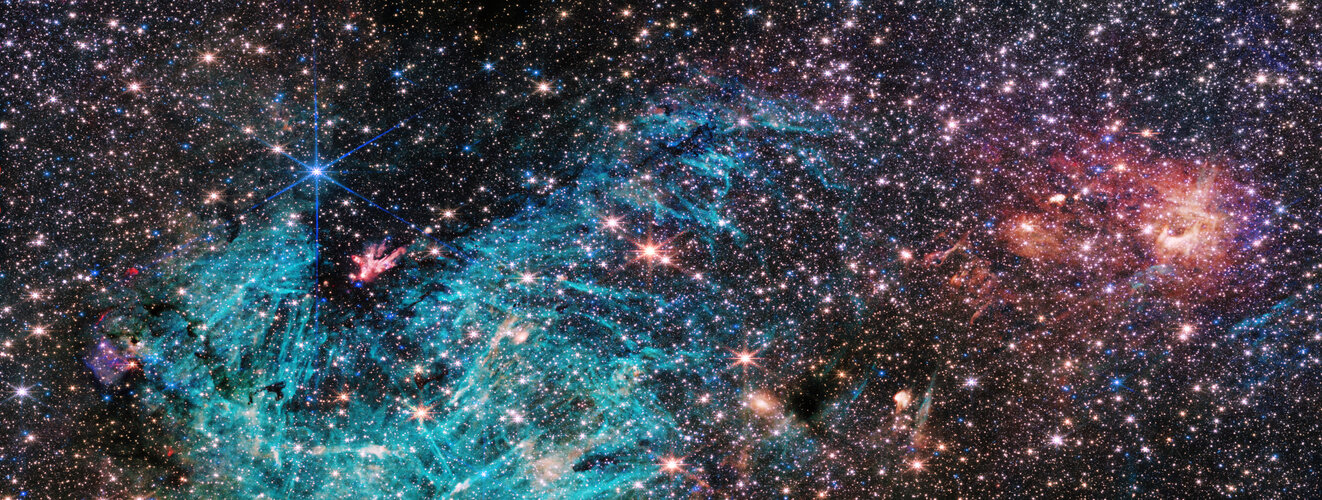
The latest image from the NASA/ESA/CSA James Webb Space Telescope shows a portion of the dense centre of our galaxy in unprecedented detail, including never-before-seen features astronomers have yet to explain. The star-forming region, named Sagittarius C (Sgr C), is about 300 light-years from the Milky Way’s central supermassive black hole, Sagittarius A*.
Arctic Weather Satellite in shape
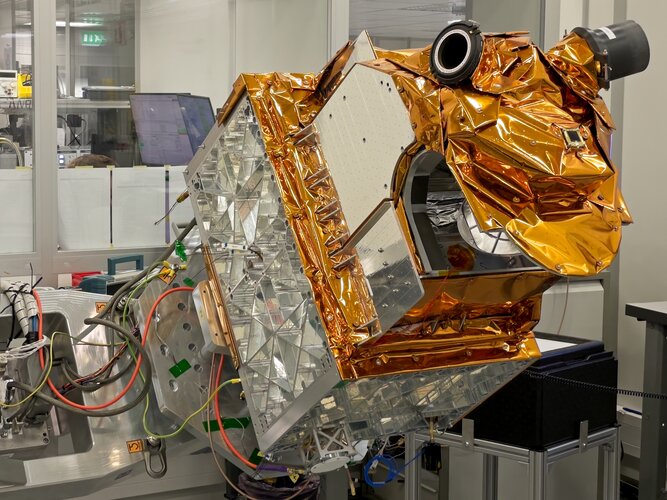
Embracing the New Space approach, it has taken just 36 months to develop and build ESA’s Arctic Weather Satellite. Now complete, this remarkable microsatellite has been shipped from OHB in Sweden to Germany where it is starting a series of tests to make sure that it will survive liftoff next year and its subsequent life in orbit.
Watch live: Ariane 6 eight-minute hot-fire test
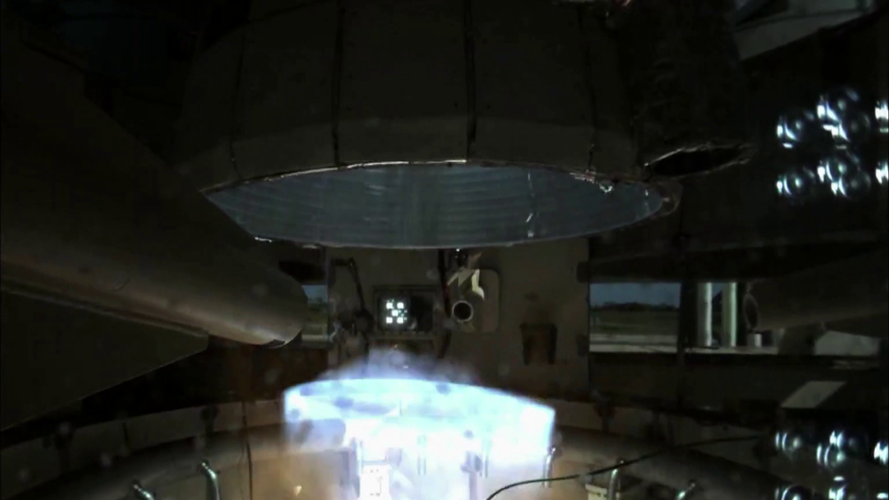
Watch live on ESA Web TV on 23 November as Europe’s new Ariane 6 rocket goes through a full-scale rehearsal in preparation for its first flight, when teams from ArianeGroup, France’s space agency CNES, and ESA on the ground will complete a launch countdown rehearsal. The test includes the ignition of the core stage Vulcain 2.1 engine, followed by 470 seconds of stabilised operation covering the entire core stage flight phase, as it would function on a launch into space.
OpenAI stands by decision to fire Sam Altman despite pressure
 The board of ChatGPT creator OpenAI on Sunday rejected pressure from Microsoft and other major investors to reverse its stunning decision to fire CEO Sam Altman, US media reported.
OpenAI and Altman rocketed to fame with the launch of ChatGPT last year, showcasing advances in generative artificial intelligence that set off a gold rush in the sector.
But the company's board shocked the in
The board of ChatGPT creator OpenAI on Sunday rejected pressure from Microsoft and other major investors to reverse its stunning decision to fire CEO Sam Altman, US media reported.
OpenAI and Altman rocketed to fame with the launch of ChatGPT last year, showcasing advances in generative artificial intelligence that set off a gold rush in the sector.
But the company's board shocked the in Australians vote on name for home-made Moon rover
 Australians began voting Monday on a name for the country's first home-made Moon rover, with a shortlist including "Mateship", "Roo-ver" and "Kakirra" - an Indigenous word for the Earth's satellite.
Australia's space industry will develop the semi-autonomous rover to collect lunar soil under an agreement signed two years ago with NASA, which plans to fly it to the Moon's surface as soon as
Australians began voting Monday on a name for the country's first home-made Moon rover, with a shortlist including "Mateship", "Roo-ver" and "Kakirra" - an Indigenous word for the Earth's satellite.
Australia's space industry will develop the semi-autonomous rover to collect lunar soil under an agreement signed two years ago with NASA, which plans to fly it to the Moon's surface as soon as EagleView Unveils Developer Portal to Enhance Geospatial Intelligence Integration
 EagleView, a leader in geospatial intelligence and analytics, has announced the launch of EagleView Developer, a new portal designed to streamline access to the company's APIs and developer resources. This innovative platform marks a significant advancement in the utilization of EagleView's comprehensive geospatial intelligence solutions, offering a single point of access for developers.
E
EagleView, a leader in geospatial intelligence and analytics, has announced the launch of EagleView Developer, a new portal designed to streamline access to the company's APIs and developer resources. This innovative platform marks a significant advancement in the utilization of EagleView's comprehensive geospatial intelligence solutions, offering a single point of access for developers.
E 
